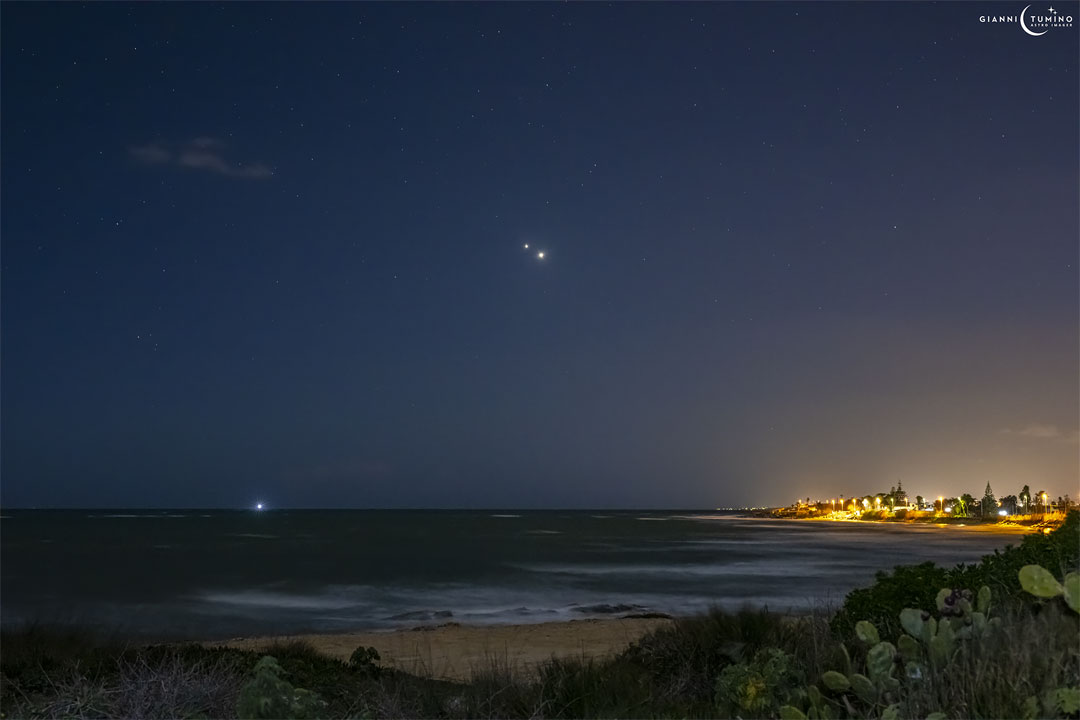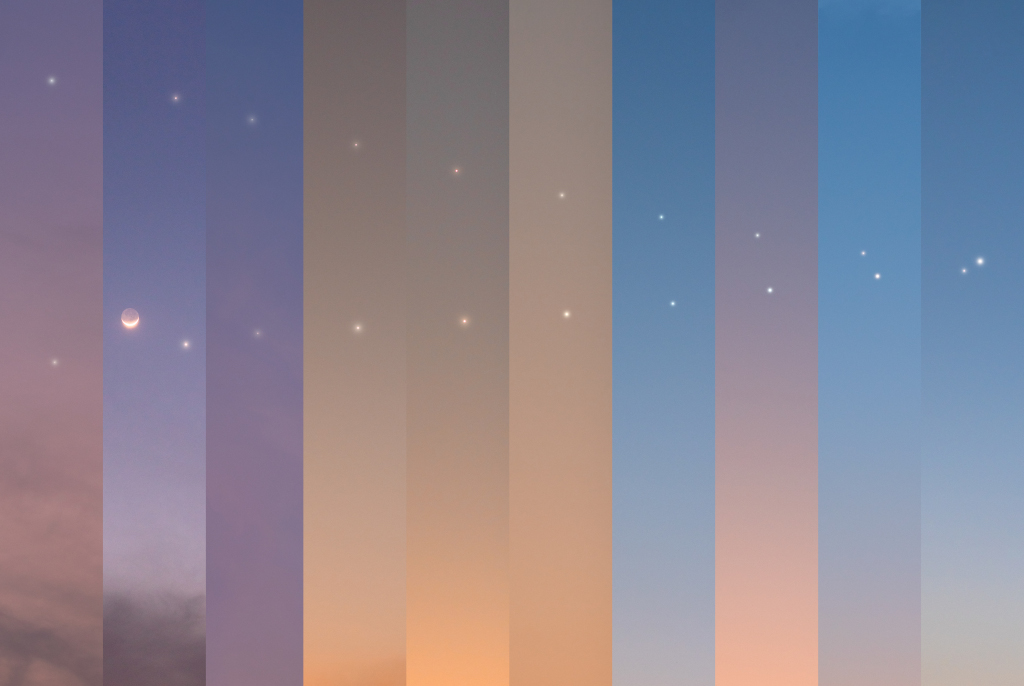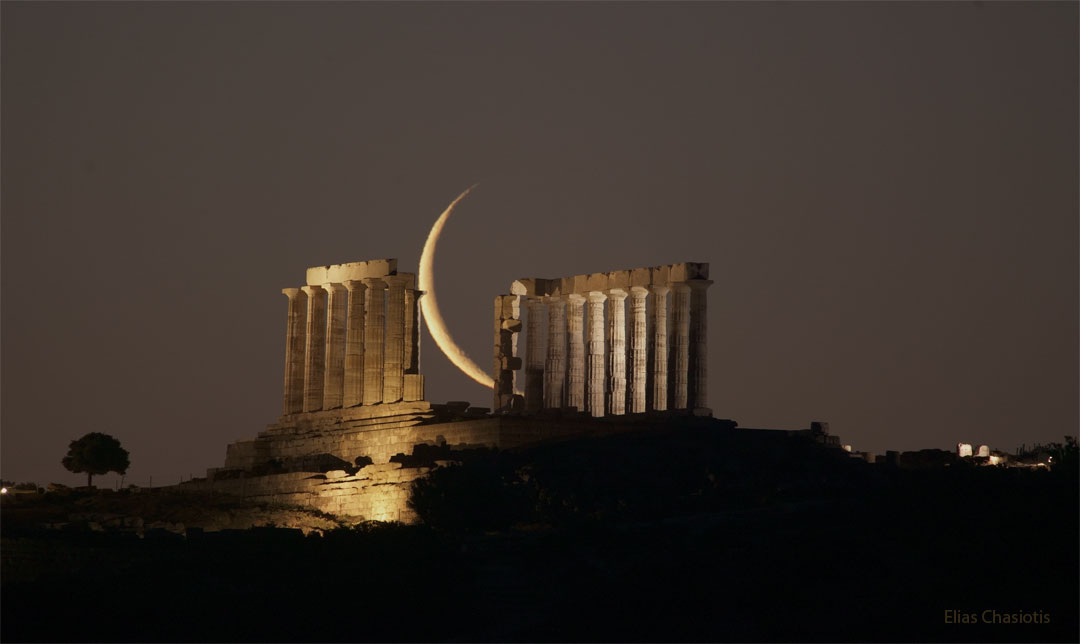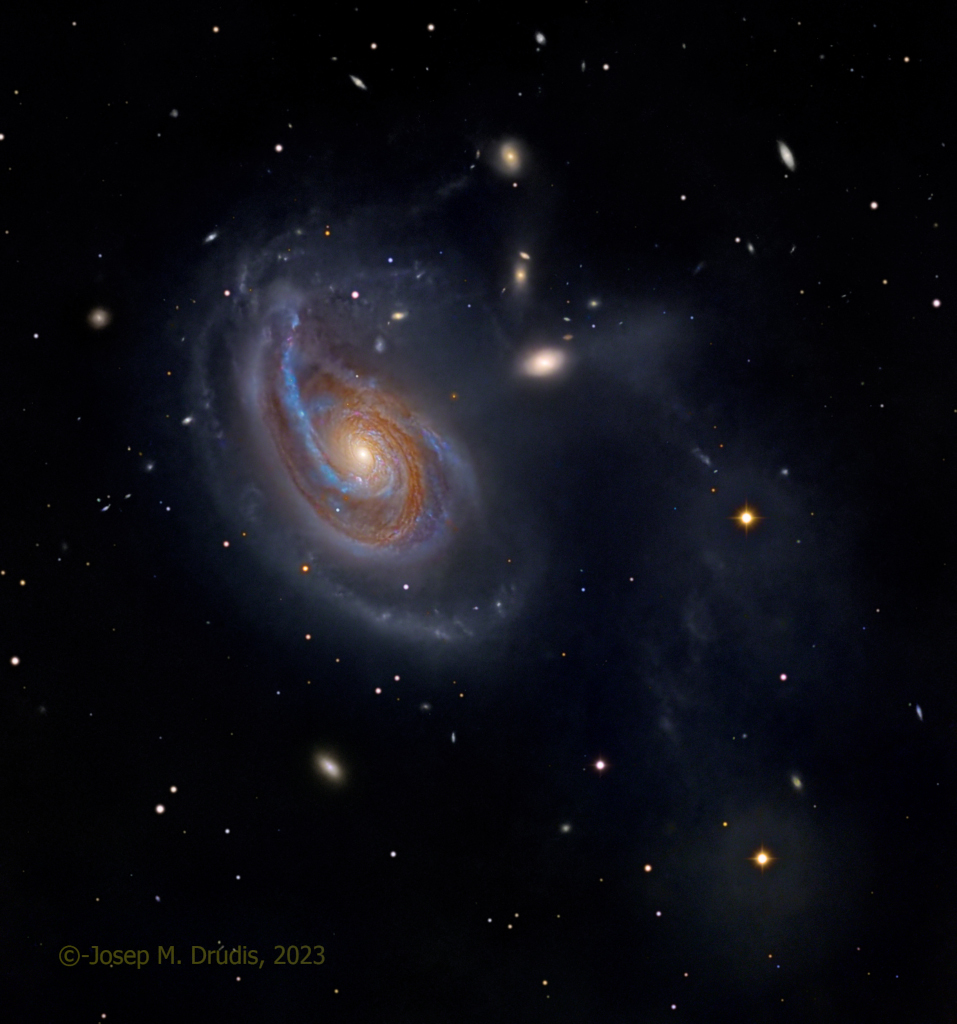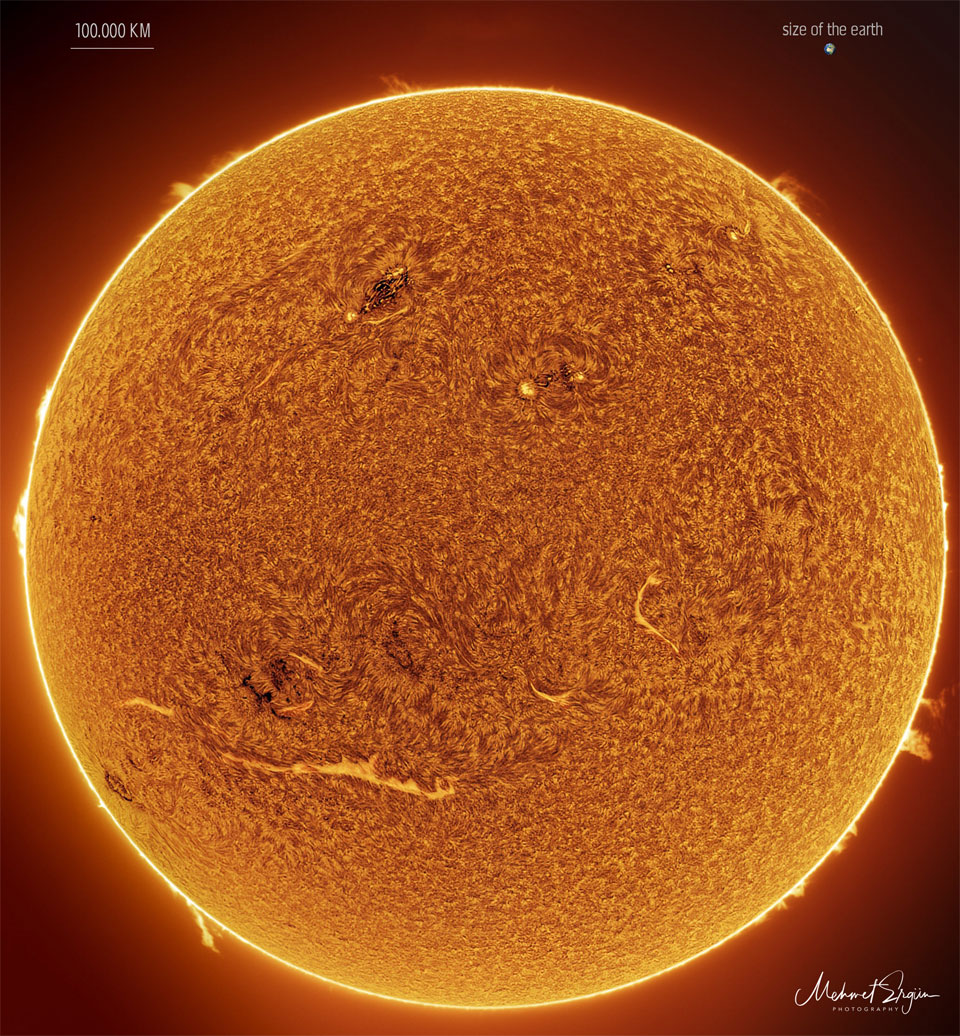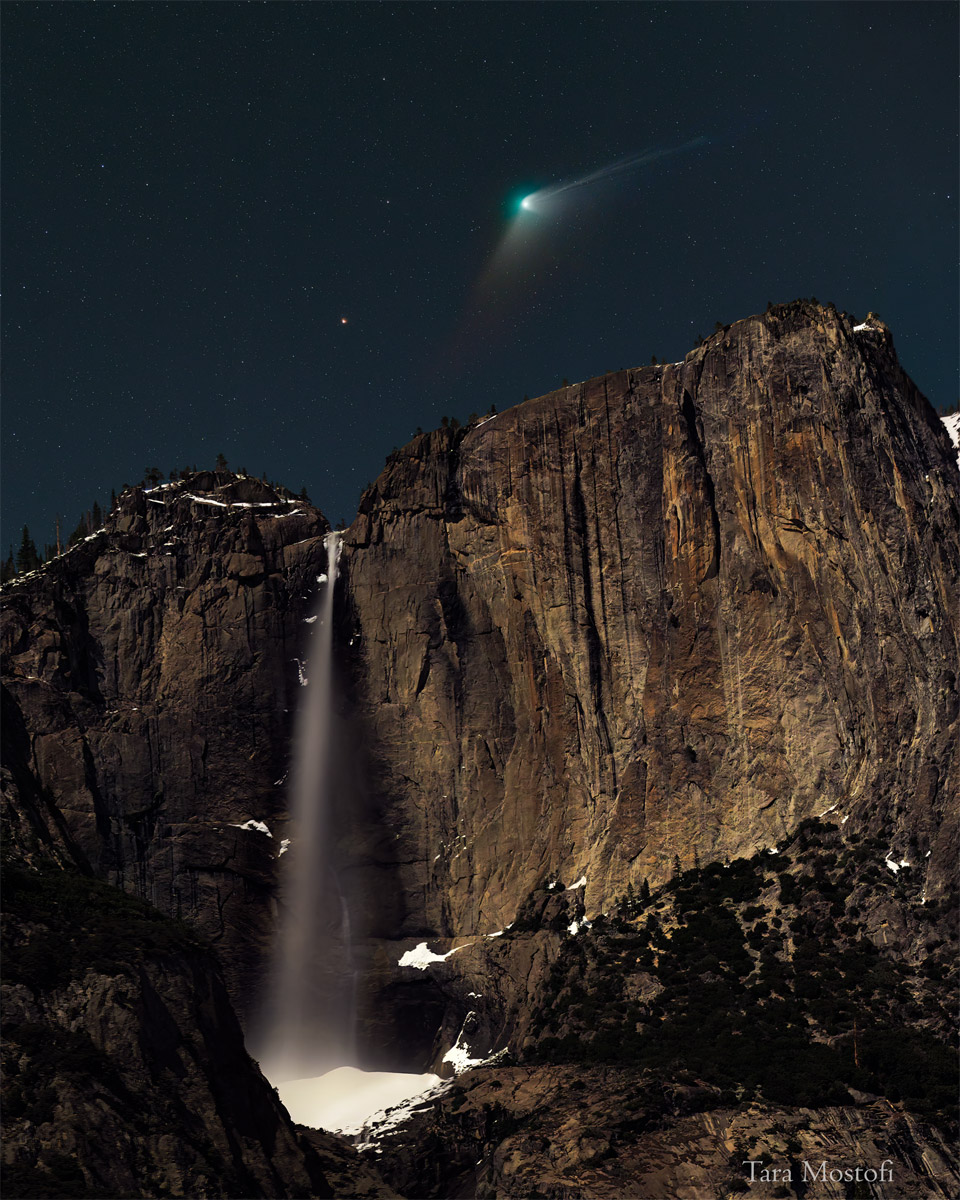2023 mars 5
Crédit d'image et droit d'auteur : Giovanni Tumino
Explication : Quels sont ces deux points lumineux ? Planètes. Il y a quelques jours, les deux planètes les plus brillantes du ciel nocturne sont passées à un degré près l'une de l'autre dans ce qu'on appelle une conjonction . Visibles juste après le coucher du soleil dans une grande partie du monde, les deux points lumineux étaient Jupiter (à gauche) et Vénus (à droite). L' image présentée a été prise près de l'approche la plus proche de Cirica , Sicile , Italie . La semaine précédente, Vénus s'élève plus haut dans le ciel du coucher du soleil pour rencontrer la chute de Jupiter. Maintenant, ils ont changé de place . Bien sûr, Vénus reste beaucoup plus proche à la fois du Soleil et de la Terre que Jupiter - la proximité apparente entre les planètes dans le ciel de la Terre n'était qu'angulaire . Vous pouvez toujours voir la paire populaire pendant environ une heure après le coucher du soleil ce mois-ci, bien qu'ils continuent de se séparer, et Jupiter continue de se coucher plus tôt chaque nuit.
